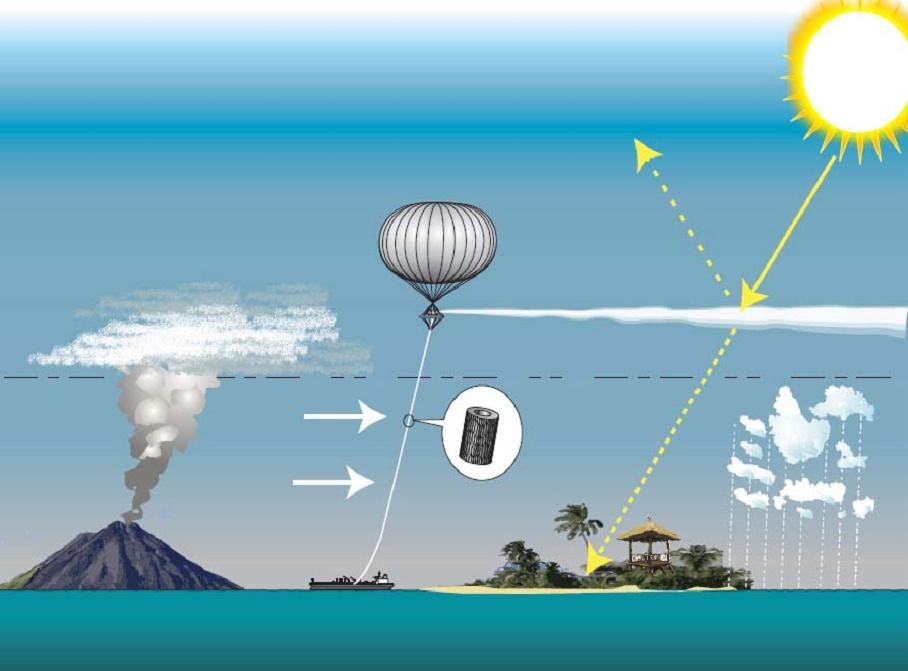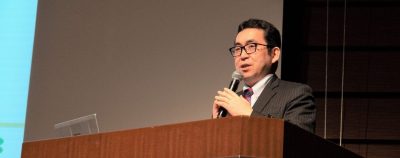Living without Financial Capitalism

When you read this column’s title, you must be screaming, “NO. It’s impossible!” Of course, there seems to be any more room where you can’t find even a tiny fragment of financial capitalism. At least outside Japan, this is quite the case.
I’m now writing this column in NAOSHIMA, a beautiful small island in the Inlands Sea in Japan (Setonai-kai), which is famous for being decorated with plenty of contemporary arta. Enjoying unforgettable landscape with an insular bay and a distant view of the City of Takamatsu, where I was born by the way, I’m trying to write down my ideas and thoughts on the future world without financial capitalism.
Actually, this is extremely paradoxical, because this fantastic landscape here in Naoshima is one of the results brought about by financial capitalism. It was Soichiro FUKUTAKE, former CEO of Benesse corporation, that managed to understand how both significant and essential gathering contemporary arts in the global market is for his own success in business. From my viewpoint, it’s not “beaute” as such but business that mattered for him. Contemporary arts are the key, with which you will be welcomed by western business leaders, however, only few Japanese business leaders are capable of getting this common sense in the global community. In this regard, I really respect Soichiro FUKUTAKE’s foresight and insight, that obviously has been leading to his company’s tremendous success.
Having said that, I sometimes feel there could be only few fragments of financial capitalism in local cities and regions in Japan, where I’m used to be invited to deliver speeches. The typical examples for that are small and middle sized cities in the Shikoku Island. Except for big cities such as Takamatsu and Matsuyama, you can find there only cities without any real estate built up after the 21st century. What you usually face there, is a series of old-fashioned buildings from 1960s and 70s, when the Japanese economy enjoyed the peak of rapid economic growth after the WWII. Now, you may wonder how poor and miserable the local people are. Nevertheless, those who encounter you in the cities, are always smiling quite contrary to such a preoccupation. Heaving a breath, you say to yourself: “Well, this is the very enigma in Japan.”
There are two reasons for this typical local-Japanese phenomenon as follows: First of all, “object economy” still survives there. Without paying a single dime, you can live it up there, conditioned that you manage to maintain very close relationship and human network with the local community you belong to. You work on something, which you’ll give to your neighbors, who will then give back something you need to you. That’s all. Particularly being rich in diversity of natural resources, it’s possible in Japanese local regions such as the Shikoku-Island. Compared with British “moor”, where you can find nothing for survival, the difference is quite obvious.
Secondly, however, local tycoons exist in Japan, due to the shadow economy closely related with (financial) capitalism. It’s industrial wastes in big cities full of consumers that enabled them to enjoy luxurious life. Thanks to accelerating consumption in urban areas such as Tokyo, Nagoya and Osaka, the tycoons connected to local leadership and even criminal organizations called “YAKUZA”, import industrial with a huge amount of subsidies. Local banks in Japan strictly keep it secret, because the tycoons hold deposits in the banks’ accounts. This is the very reason why you sometimes find out gorgeous villas of tycoons in local cities and regions, where any single industry doesn’t exist.
The irony of history is the fact that these tycoons are being dead because of declining population in Japan. Furthermore, China, our neighbor country, regards our “wastes” as “resources to be recycled”, and has begun to massively import them. Plenty of industrial waste treatment plants isn’t needed in Japan any more. This is the true reason for slow death of Japanese local cities and communities.
Money always goes around, and there isn’t any eternal business model in our human society. Living without financial capitalism is really hard, but must be possible. This tiny island, “NAOSHIMA”, as a paradoxical mixture of contemporary arts and natural beauty inspires me to this direction.









